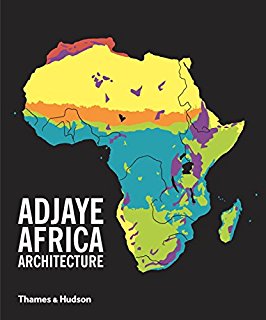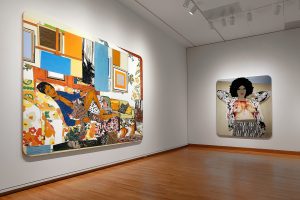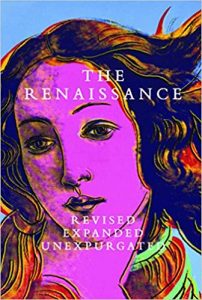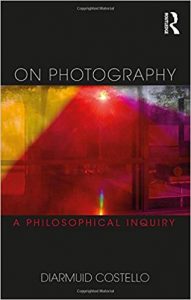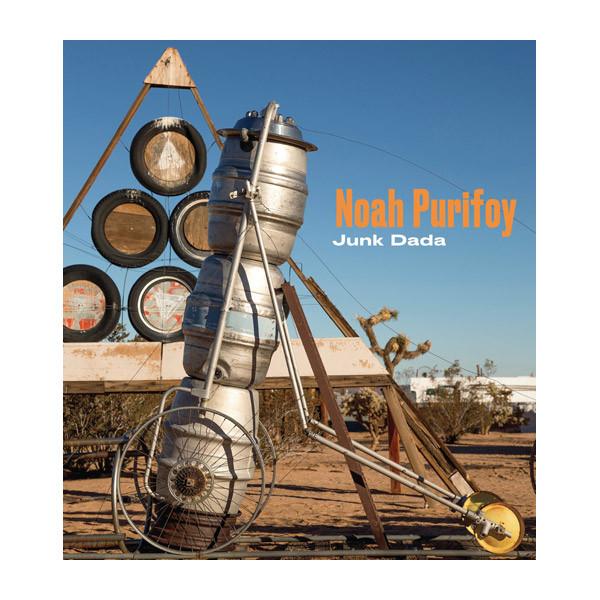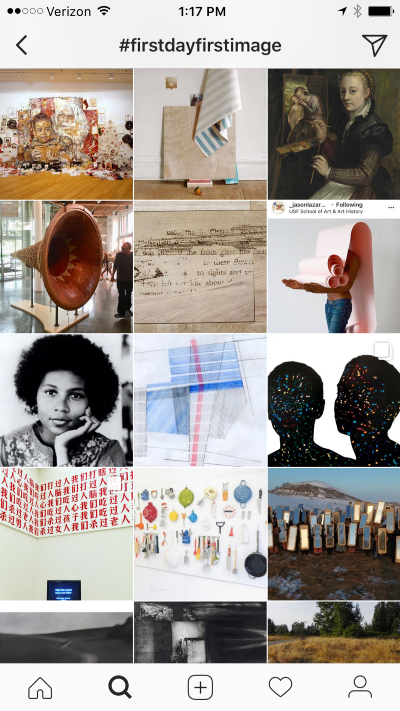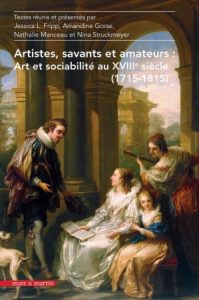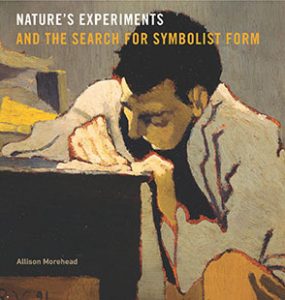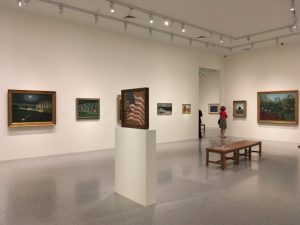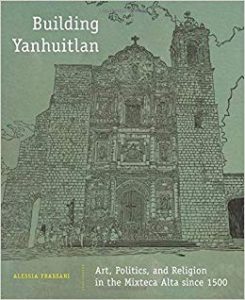CAA News Today
New in caa.reviews
posted by CAA — September 28, 2018
Lacey Baradel reviews Figuring History: Robert Colescott, Kerry James Marshall, Mickalene Thomas edited by Catharina Manchanda. Read the full review at caa.reviews.
Maria Maurer writes about The Renaissance: Revised, Expanded, Unexpurgated, edited by D. Medina Lasansky. Read the full review at caa.reviews.
Alta Steenkamp discusses Adjaye, Africa, Architecture: A Photographic Survey of Metropolitan Architecture by David Adjaye and Peter Allison. Read the full review at caa.reviews.
News from the Art and Academic Worlds
posted by CAA — September 26, 2018
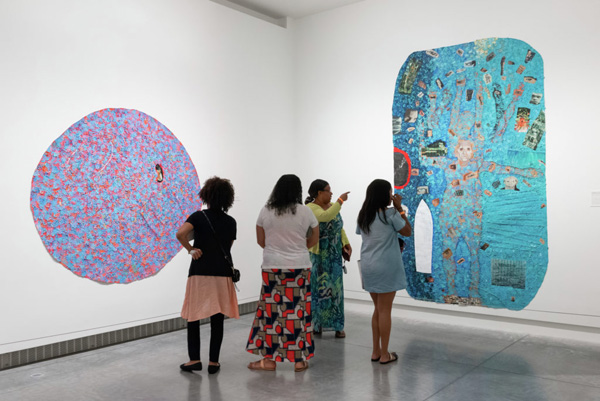
Installation view of Howardena Pindell: What Remains To Be Seen at the Virginia Museum of Fine Arts. Photo: David Stover © Virginia Museum of Fine Arts, via artnet News
African American Artists Are More Visible Than Ever. So Why Are Museums Giving Them Short Shrift?
Since 2008, just 2.4% of all acquisitions and gifts and 7.6% of all exhibitions at thirty prominent American museums have been the work of African American artists, according to new research published by artnet News and In Other Words. (artnet News)
Creativity From the Chaos of Hurricane Maria
One year later, artists in Puerto Rico talk about how the devastation and its aftermath influenced their work. (New York Times)
The Underrepresentation of Latinx Faculty and the Future of Higher Education
Latinx faculty from around the country share how underrepresentation has impacted their work. What will it take to chart a different future in higher education? (Latinx Talk)
Mission Accomplished?: As Mainstream Art Museums Rush to Diversify, What Is the Role of Culturally Specific Museums Working for a Cause?
Culturally specific museums are uniquely positioned in current discussions of equity in the art world. (ARTnews)
How Can You Make Big Classes Feel Smaller?
Emails sent at key moments during the semester are one strategy to help personalize large lectures. (Chronicle of Higher Education)
Why Your Doctor May Be Prescribing Art Classes in the Future
A recent UK study found that 66% of doctors believe the arts have a positive role to play in the prevention of illness. (Artsy)
Amy K. Hamlin and Karen J. Leader
posted by CAA — September 25, 2018
The weekly CAA Conversations Podcast continues the vibrant discussions initiated at our Annual Conference. Listen in each week as educators explore arts and pedagogy, tackling everything from the day-to-day grind to the big, universal questions of the field.
CAA podcasts are now on iTunes. Click here to subscribe.
This week, Amy K. Hamlin and Karen J. Leader discuss Art History That, a project they launched in 2014 to curate, crowdsource, and collaborate on the future of art history.
Amy K. Hamlin is Associate Professor of Art History at St. Catherine University. Karen J. Leader is Associate Professor of Art History at Florida Atlantic University. They are the co-founders of Art History That, and are co-authoring the book Art History That: Initiatives for the Future of a Discipline.
CAA Announces Campus Ambassador Program
posted by CAA — September 24, 2018
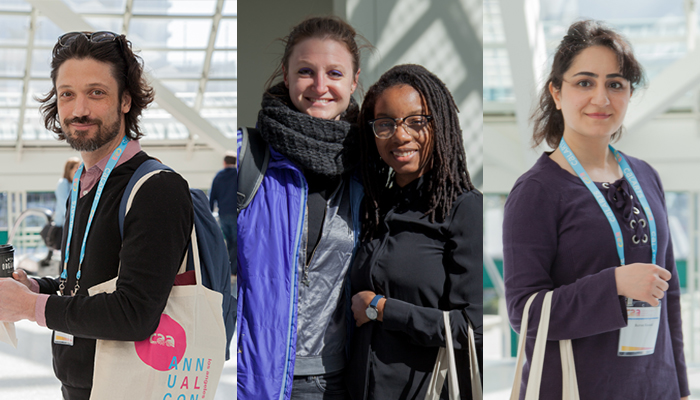
CAA 2018 Annual Conference attendees. Photography by Rafael Cardenas
Students have always been vital to CAA. Our student membership, which is nearly one quarter of our entire membership, has always been vocal, engaged, and eager. This fall we are looking to our students to help carry CAA into the future with the launch of the CAA Ambassador Program.
CAA is seeking Ambassadors in the New York, Boston, and Chicago areas to represent CAA and give short talks about the organization to their fellow classmates and students in nearby schools. The six selected Ambassadors will be compensated for each talk and given a complimentary CAA Annual Conference registration and one-year CAA membership at the student level. Ambassadors will collect feedback at their talks and have check-ins with CAA staff leading the project.
To be considered for the CAA Ambassador role, applicants must be currently enrolled in a visual arts-focused program at a university or college in the New York, Boston, or Chicago area. Applicants should be in their junior year or higher. Master’s degree, Master of Fine Arts, and PhD candidates are encouraged to apply. Familiarity with CAA and its programs is necessary for this role. Candidates should feel enthusiastic about spreading the word about CAA and feel comfortable speaking in front of groups. The Ambassador role is a two-semester commitment (fall and spring) with a maximum of five talks given on campuses each semester.
To be considered for the CAA Ambassador Program, please submit your resume or CV, cover letter expressing your interest, and one reference to Alison Chang at achang@collegeart.org.
Applications will be accepted until the positions are filled.
New in caa.reviews
posted by CAA — September 21, 2018
S. A. (Ali) Shobeiri reviews On Photography: A Philosophical Inquiry by Diarmuid Costello. Read the full review at caa.reviews.
Leisa Rundquist discusses Noah Purifoy: Junk Dada, edited by Franklin Sirmans and Yael Lipschutz. Read the full review at caa.reviews.
News from the Art and Academic Worlds
posted by CAA — September 19, 2018
The Pervasive Power of Male Privilege at America’s Elite Universities
Institutions have hired men with predatory reputations and retained them, despite complaints from women students and faculty. (Hyperallergic)
How to Create a Syllabus
And get your students to actually read it. (Chronicle of Higher Education)
Souls Grown Deep Foundation Launches a New Paid Internship Program for Students of Color
New Orleans Museum of Art, Philadelphia Museum of Art, and Virginia Museum of Fine Arts will also participate. (artnet News)
Colleges Face Pressure to Answer a Basic Question: What Are Students Learning?
Measuring learning in college, and reporting the results, is surprisingly hard to do. (PBS News Hour)
Nothing Changes If Nothing Changes: #FirstDayFirstImage
“What if we set the tone on the very first day of class, with the very first image we show our students, by discussing one work from a historically underrepresented artist? And so #firstdayfirstimage was born.” (Exposure)
Eight Ways to Tackle Diversity and Inclusion in Peer Review
Practical suggestions from recent studies on diversity and bias in peer review. (Scholarly Kitchen)
CAA to Issue Guidelines for Addressing Changes to Visual Arts Programs at Colleges and Universities
posted by CAA — September 17, 2018

University of Wisconsin-Stevens Point (Royal Broil/Flickr)
Over the past few months there have been an alarming number of colleges and universities throughout the nation—from University of Wisconsin-Stevens Point to University of Texas at Austin—taking actions we perceive as detrimental to the education of future generations in the arts and humanities, particularly in the fields of art history, studio art, and design.
From our perspective, in many instances, it appears that decisions to merge departments, eliminate degrees, or reduce libraries are largely transactional in nature, designed to balance present-day budgets.
We worry that when focusing narrowly on fiscal realities of the day, institutions risk undervaluing the impact humanities programs have on preparing students for careers over their lifetimes. We believe that serving students of diverse racial, social, and economic backgrounds involves offering academic programs that allow them to fully explore themselves and their cultures, precisely the benefits from strong programs in the humanities, art history, studio art, and design.
We recognize that institutions must embrace structural changes, make adjustments in evolving physical and technological environments, and face pressures to demonstrate direct connections between academic studies and successful professions. Yet, we remain convinced, and research confirms, that students as individuals, and society as a whole, benefit from strong programs in the arts and humanities and a diverse range of academic resources to support different learning styles.
A CAA working group, co-chaired by Brian Bishop, Chair of the Professional Practices Committee and executive director Hunter O’Hanian, recently formed to propose Best Practices for Addressing Proposed Changes to an Art/Design Academic Unit, Library, or Degree at Colleges and Universities. It is hoped that these Best Practices will be approved by the CAA Board of Directors for dissemination by October 31, 2018.
We invite you to share with us specific situations that can help inform these guidelines. Please contact either Brian Bishop (bbishop@framingham.edu) or Hunter O’Hanian (Hohanian@collegeart.org) directly.
New in caa.reviews
posted by CAA — September 14, 2018
Daniel Harkett reviews Artistes, savants et amateurs: Art et sociabilité au XVIIIe siècle (1715–1815), edited by Jessica L. Fripp, Amandine Gorse, Nathalie Manceau, and Nina Struckmeyer. Read the full review at caa.reviews.
Serena Keshavjee writes about Nature’s Experiments and the Search for Symbolist Form by Allison Morehead. Read the full review at caa.reviews.
Sarah Louise Cowan examines Outliers and American Vanguard Art by Lynne Cooke. Read the full review at caa.reviews.
Jeanette Favrot Peterson discusses Building Yanhuitlan: Art, Politics, and Religion in the Mixteca Alta since 1500 by Alessia Frassani. Read the full review at caa.reviews.
Intimacy, Distance, and Disavowal in Art Publishing: Conversations with Dushko Petrovich
posted by CAA — September 12, 2018

Hyperallergic‘s original piece included these graphics in lieu of reproducing contested images. Image via Hyperallergic.
In June of 2018, Hyperallergic published a two-part essay by the art historian and critic Steven Nelson about the rejection of his essay about artist Deana Lawson by both Aperture and frieze. In “Intimacy, Distance, and Disavowal in Art Publishing: Conversations with Dushko Petrovich,” arts journalist Dushko Petrovich dissects the situation piece by piece, interviewing representatives from Hyperallergic, frieze, Deana Lawson’s gallery, and Nelson himself. What emerges is a document of the processes that generally don’t get recorded when pieces of arts journalism are rejected or shelved, and what factors into these editorial decisions. Read more on Art Journal Open.
News from the Art and Academic Worlds
posted by CAA — September 12, 2018
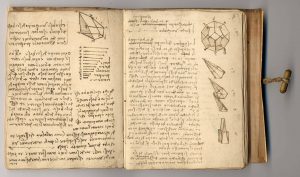
Codex Forster II , Leonardo da Vinci, late 15th – early 16th century, Italy. Museum no. Forster MS.141. © Victoria and Albert Museum, London, via Colossal
Here’s How You Can Help Document Rio’s National Museum Collections after the Catastrophic Fire
Museum officials are asking the public for help. (Forbes)
Can You Train Your PhDs for Diverse Careers When You Don’t Have One?
“Being a professor is the only job I ever tried to get. How can I teach my students about something I don’t know?” (Chronicle Vitae)
How to Teach Ancient Art in the Age of #MeToo
Misogynist imagery in ancient art raises questions that demand addressing today. (Hyperallergic)
These Cultural Treasures Are Made of Plastic. Now They’re Falling Apart.
Museum conservators are racing to figure out how to preserve these artworks. (New York Times)
More High School Grads Than Ever Are Going to College, but One in Five Will Quit
New data re-emphasizes the importance of student retention efforts. (The Hechinger Report)
Recently Digitized Journals Grant Visitors Access to Leonardo da Vinci’s Detailed Engineering Schematics and Musings
The Victoria and Albert Museum in London has made in-depth scans of da Vinci’s notebooks available online. (Colossal)



